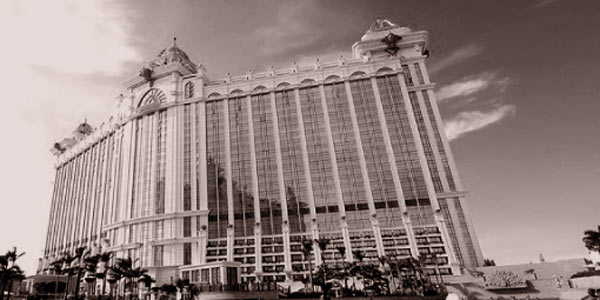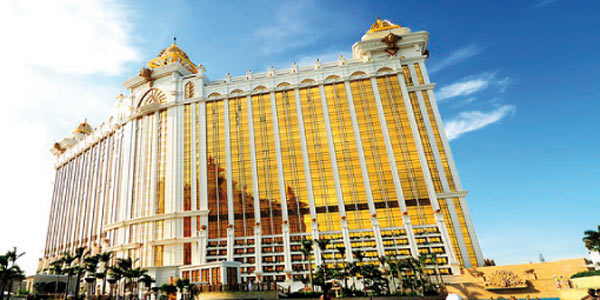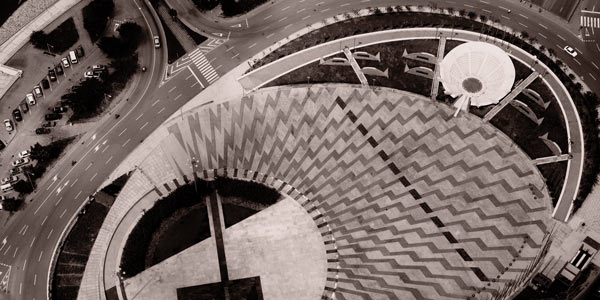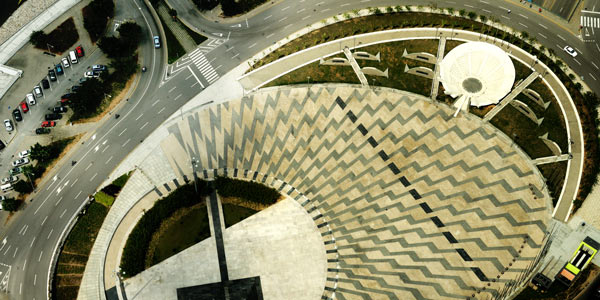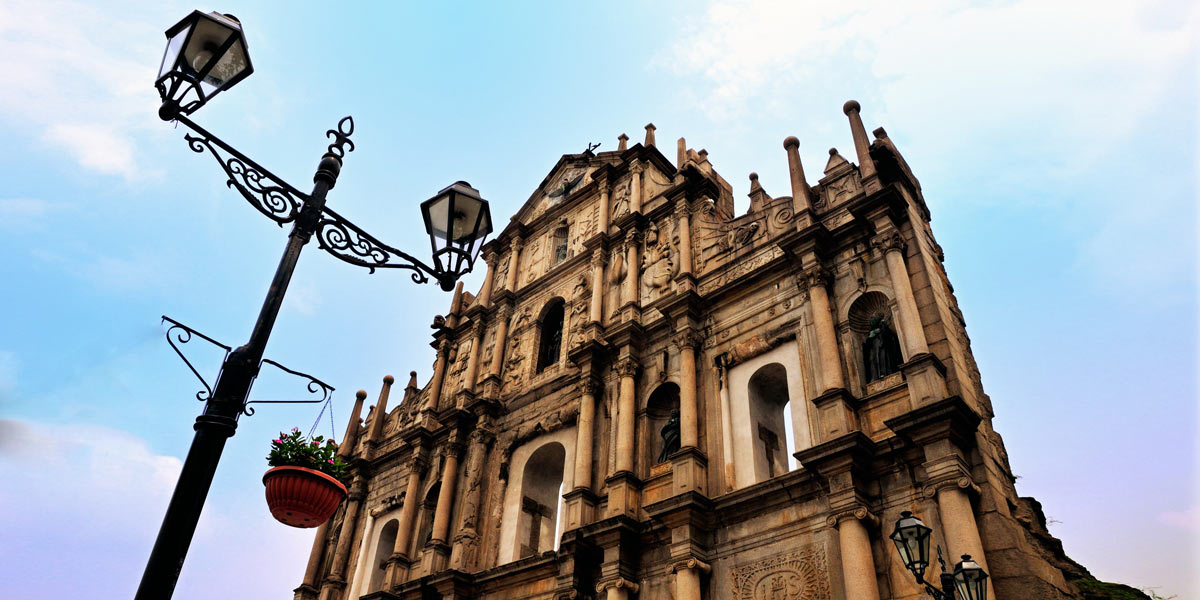
The Ruins of St. Paul’s, Macau’s most famous landmark, features the ruins of the 16th century St. Paul’s College and the Cathedral of St. Paul.
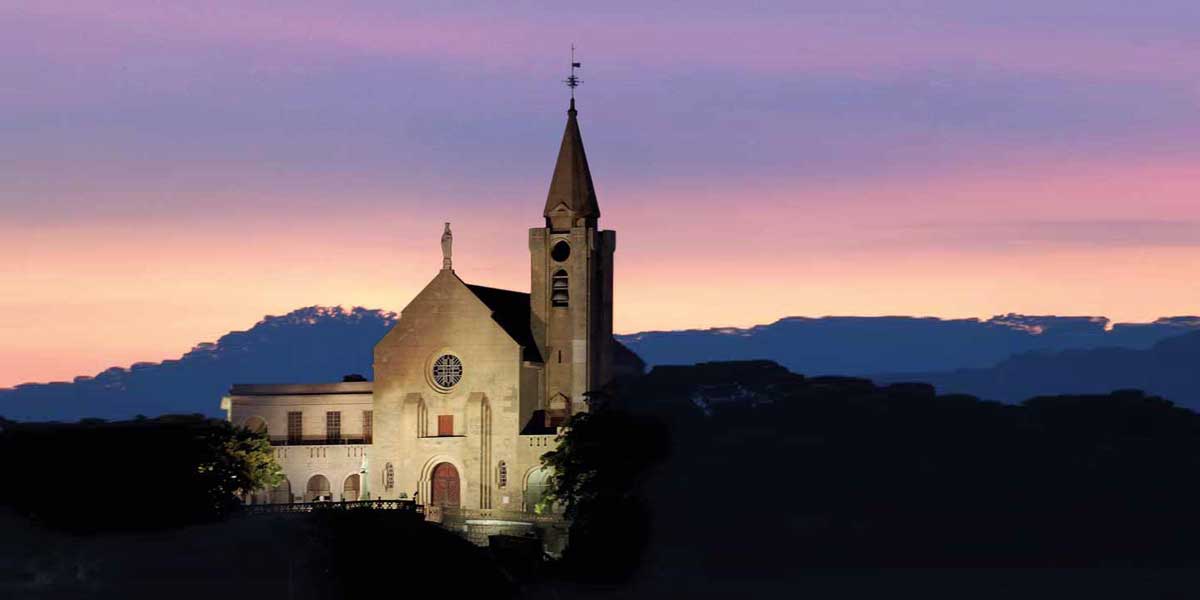
Founded in 1622, the Lady of Penha Church served as a point of pilgrimage for sailors embarking on voyages.
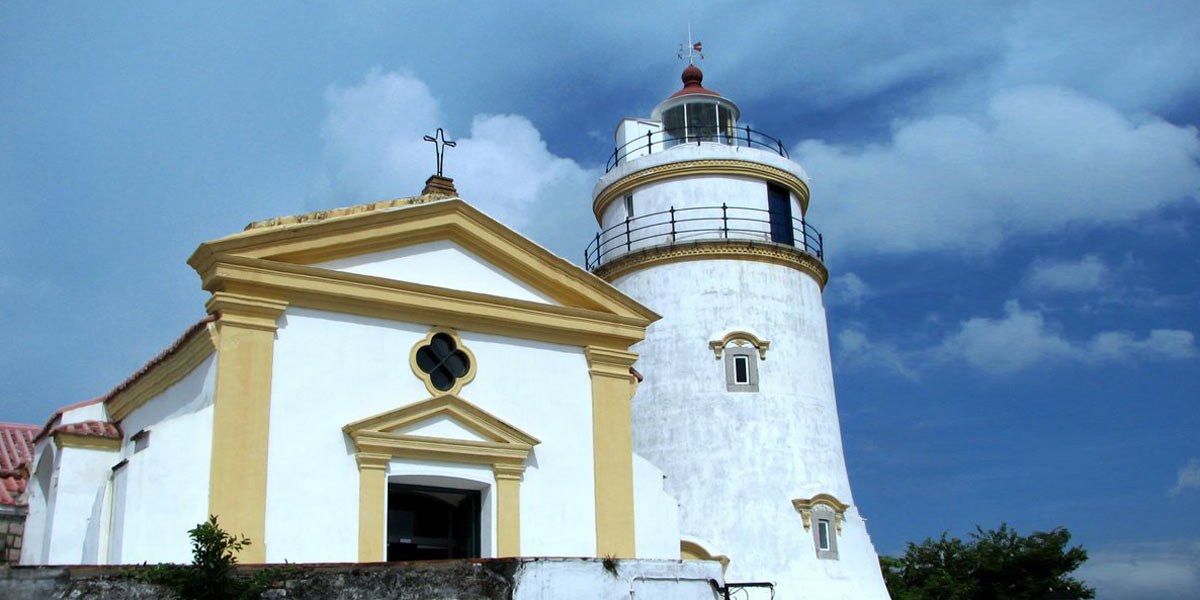
The Guia Fortress, a UNESCO world heritage site, is a 17th century colonial military fort, chapel and lighthouse complex.
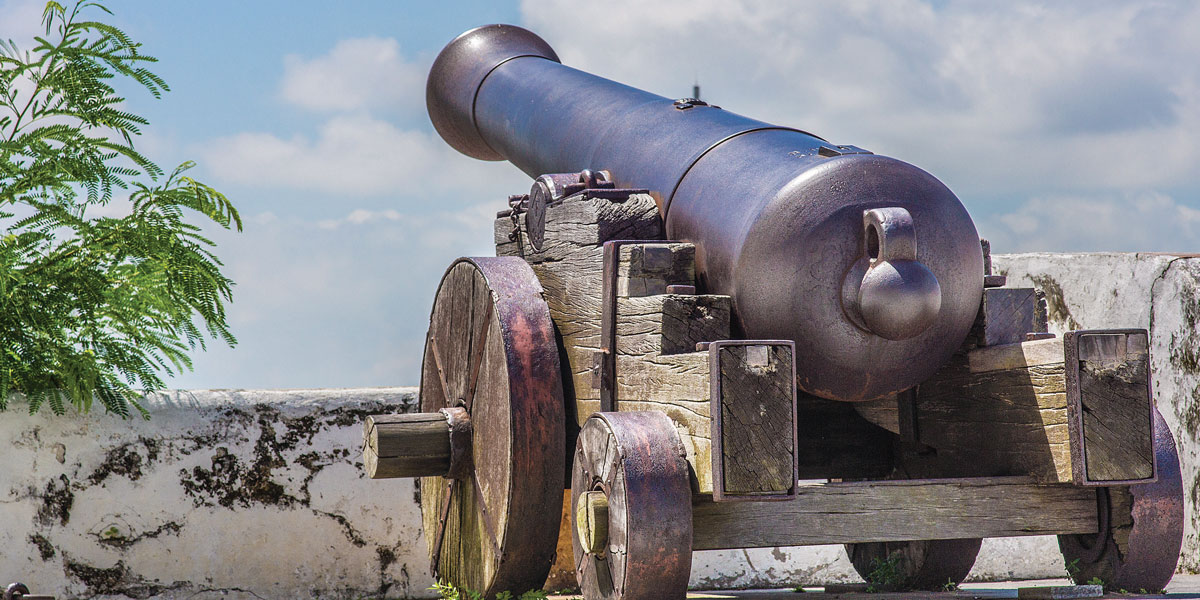
Replica of a wartime cannon is a prominent landmark at the Guia Fortress.
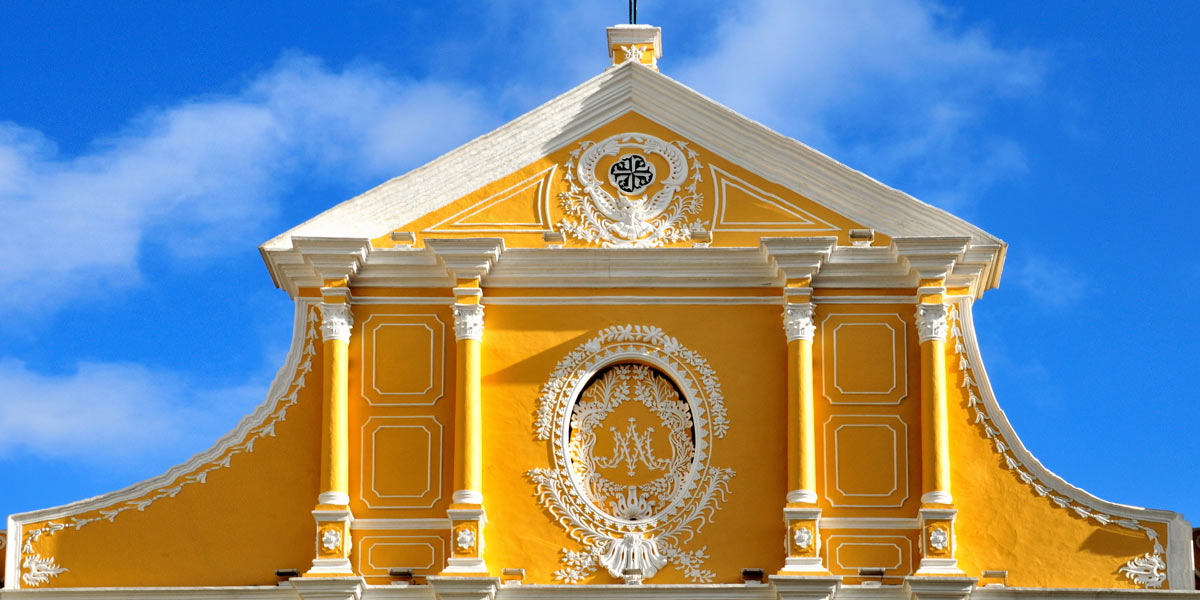
St Dominic’s Church, well-known for its mixture of European and Macanese architectural features, was originally constructed in 1587.
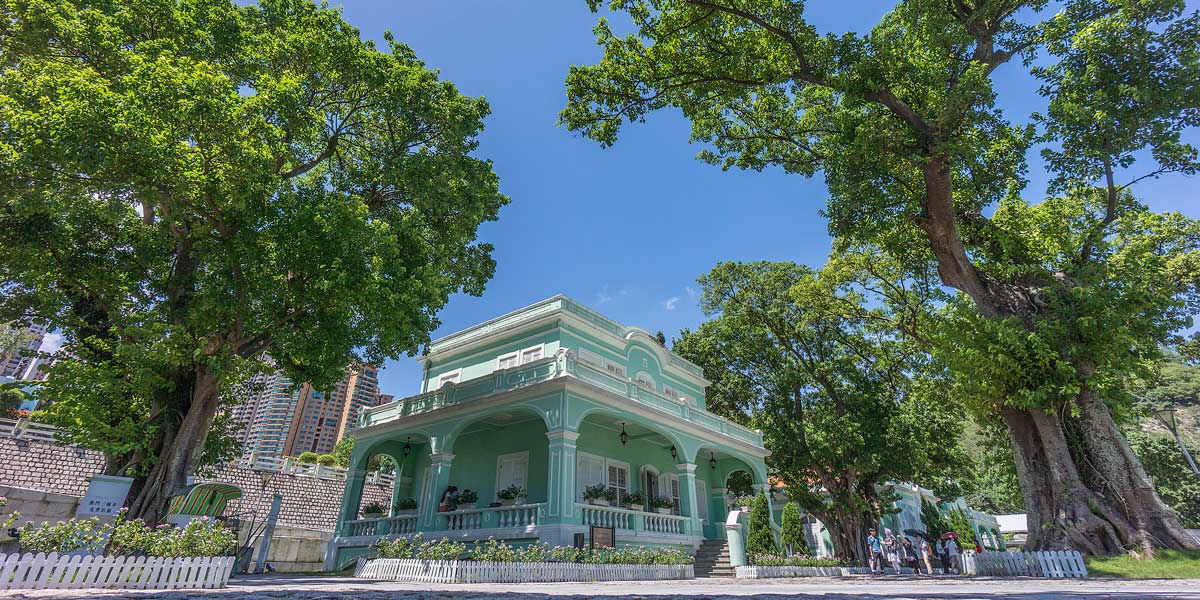
The Taipa Houses Museum comprises of 5 houses – 4 of them displaying various artefacts and exhibits while the other serves as an event venue, were former colonial residences built in 1921.
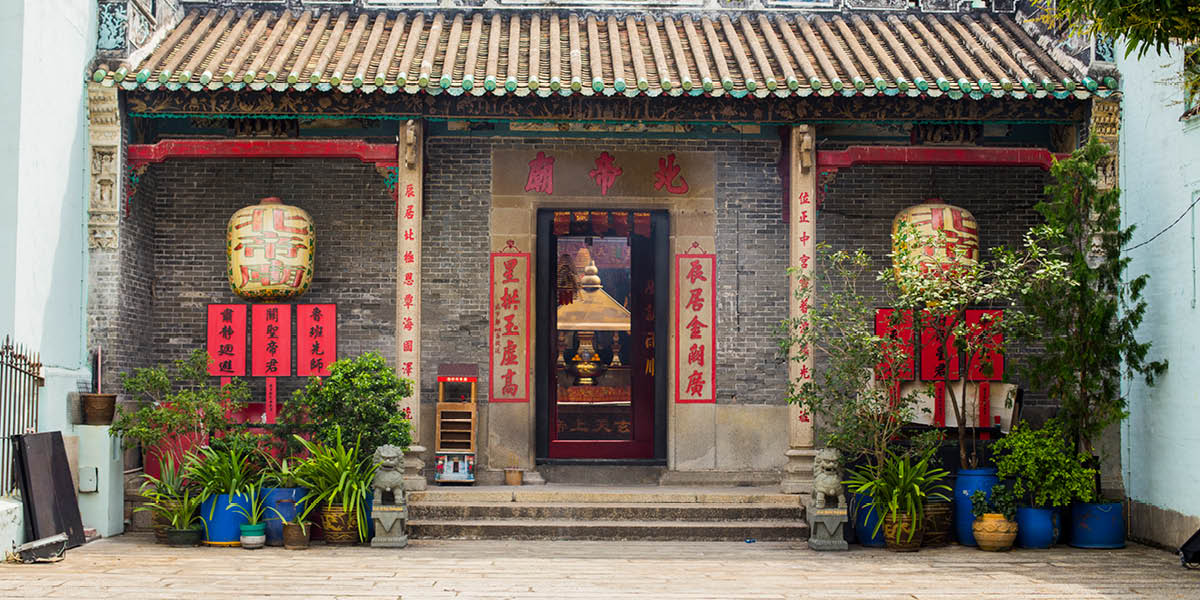
Pek Tai Temple was built in 1844 to worship the water god of the north and is a symbol for longevity; the temple is located in Largo Camóes Square in Taipa Village.
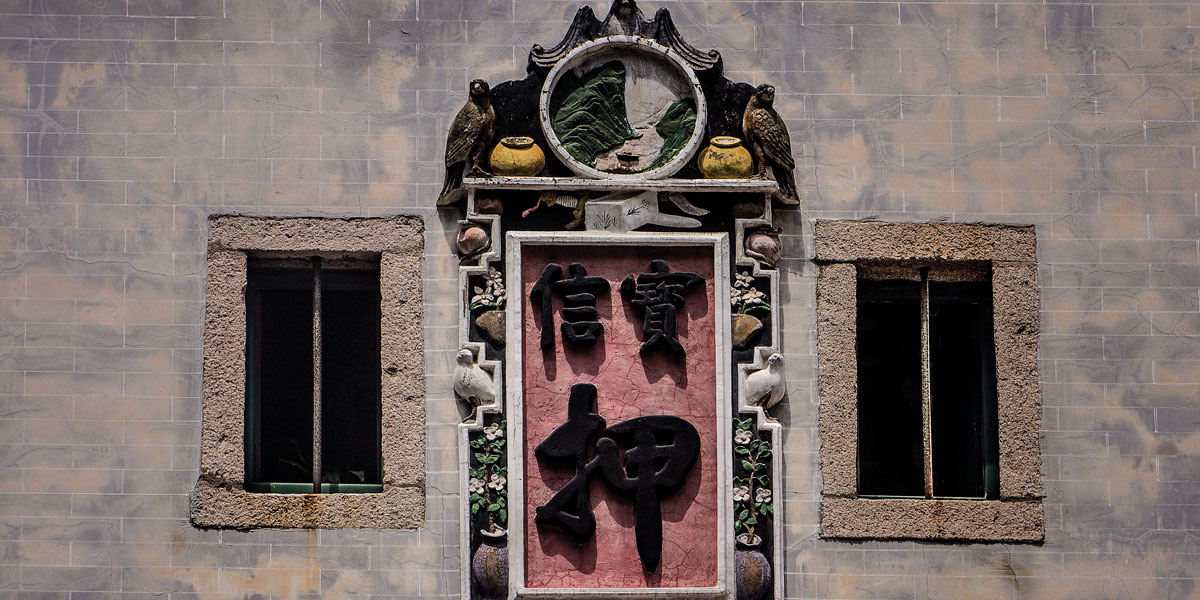
The façade of a traditional pawn shop; the trade depicts an integral part of Macau’s cultural history.
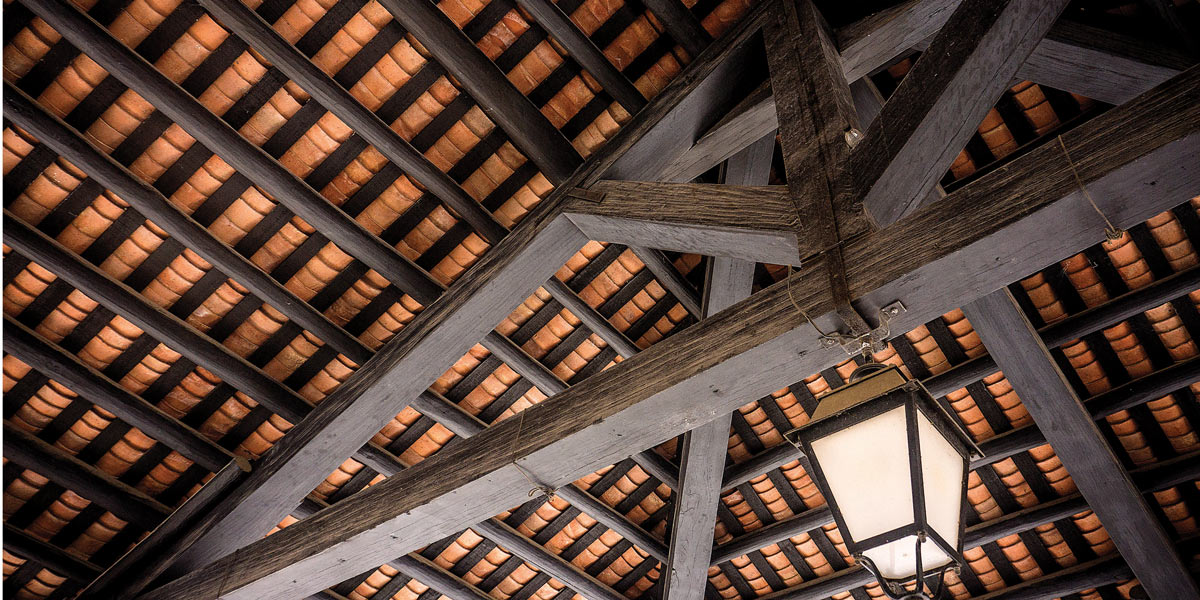
A traditional Chinese pavilion in Taipa Village where large structural timbers were used as primary support of the roof.
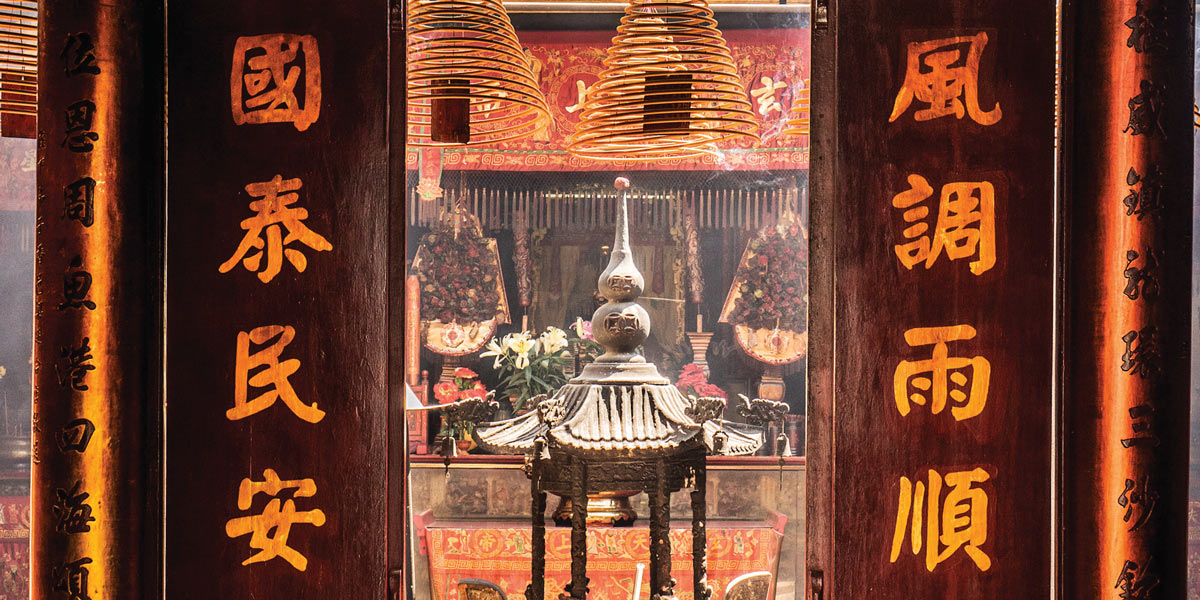
A pair of poetic Chinese couplet at the entrance of a temple expressing hopes for a peaceful country and favourable weather.
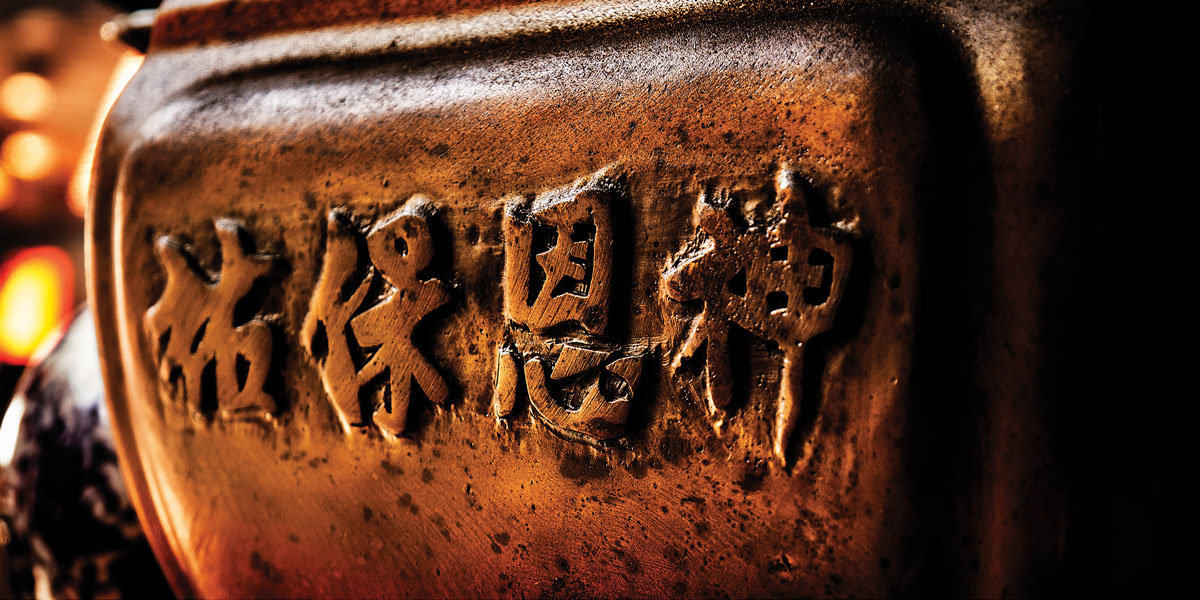
Chinese proverb craved on an incense burner symbolising wishing for a blessing from god; this is commonly found in Chinese temples.






















